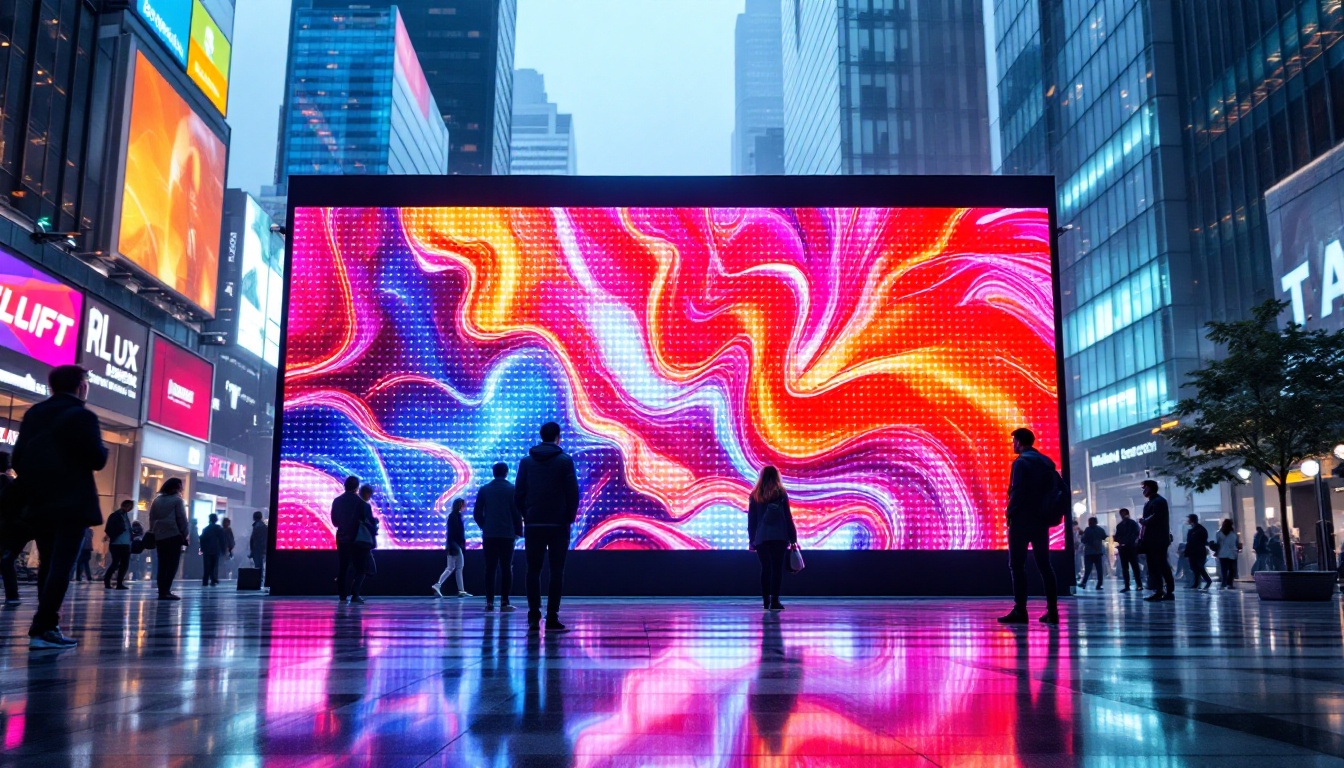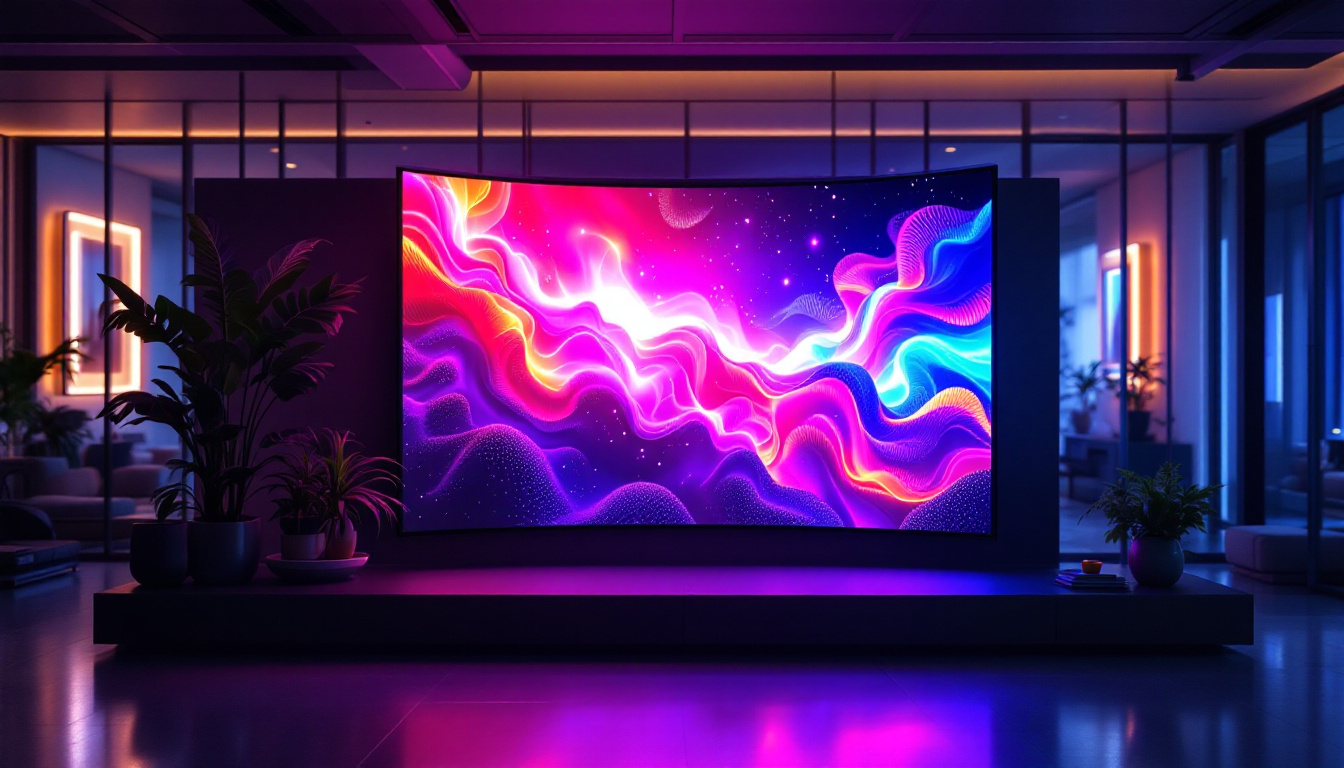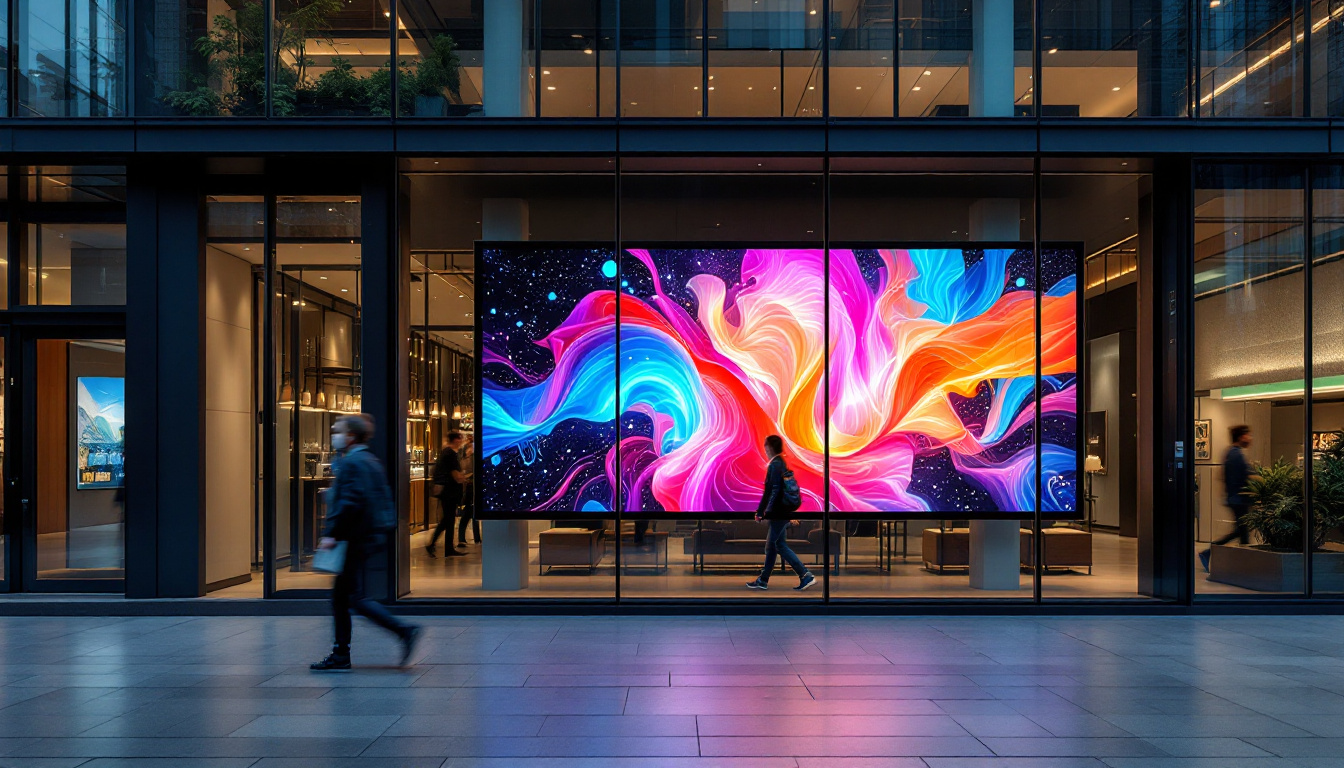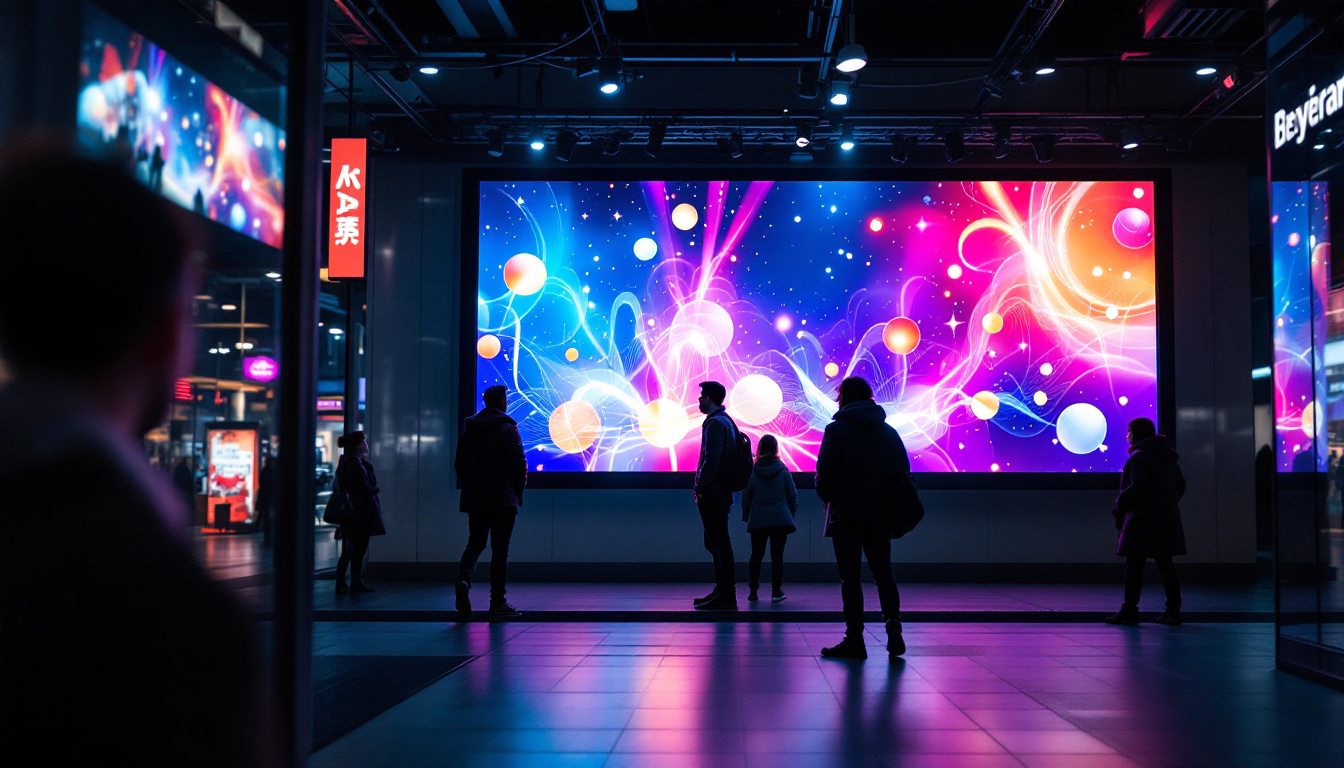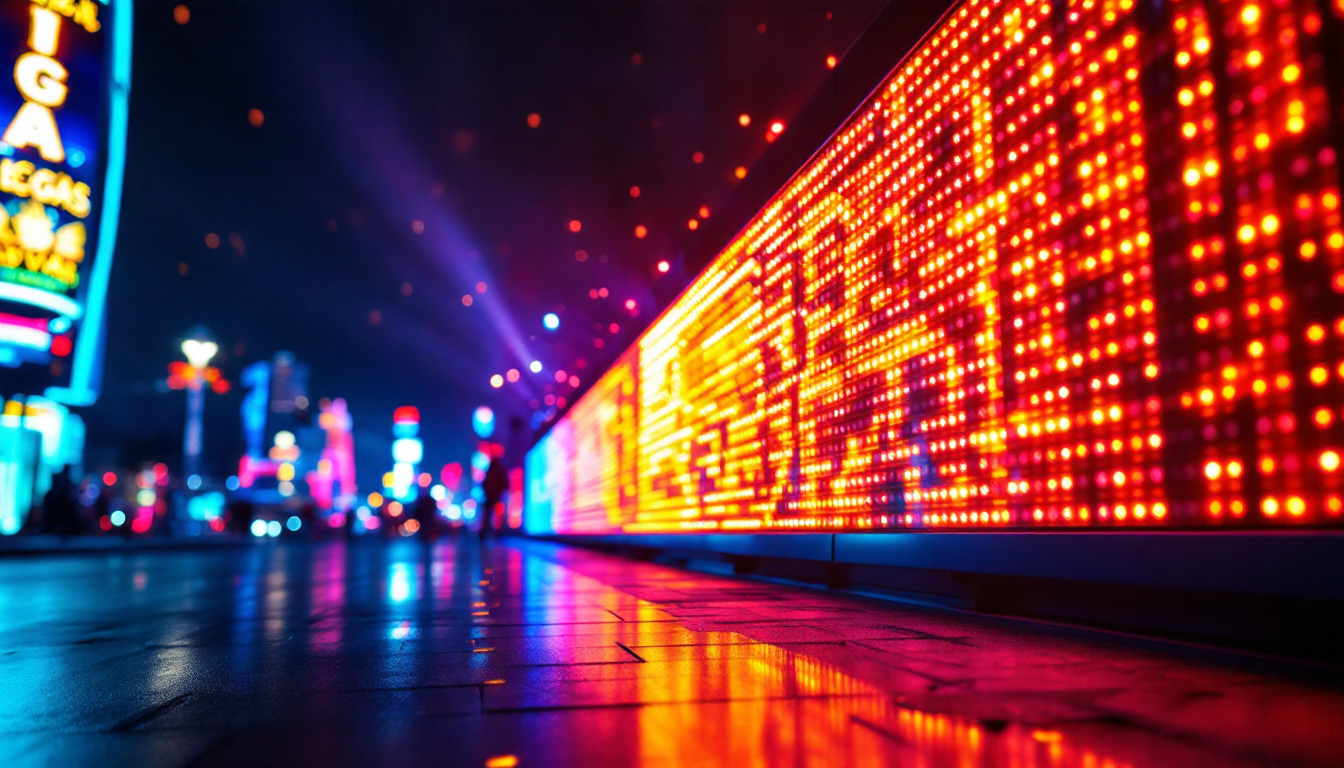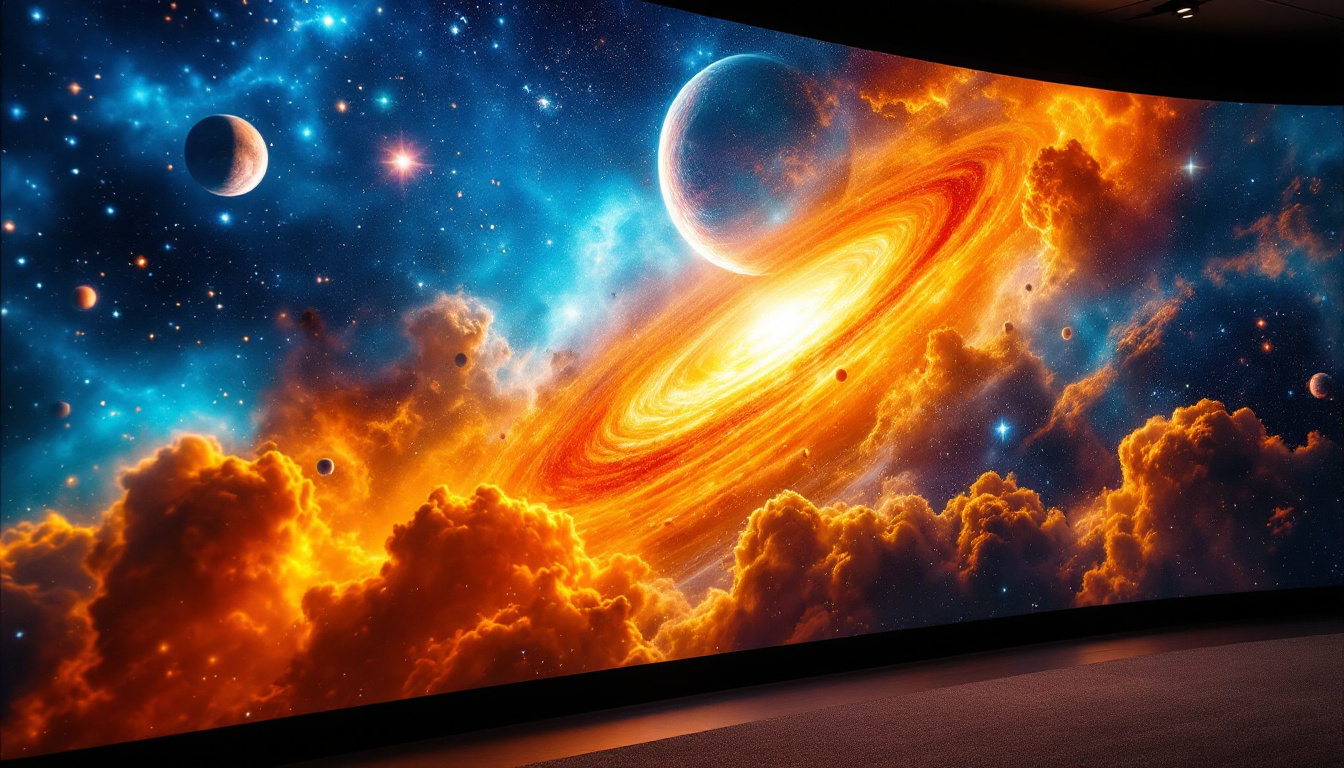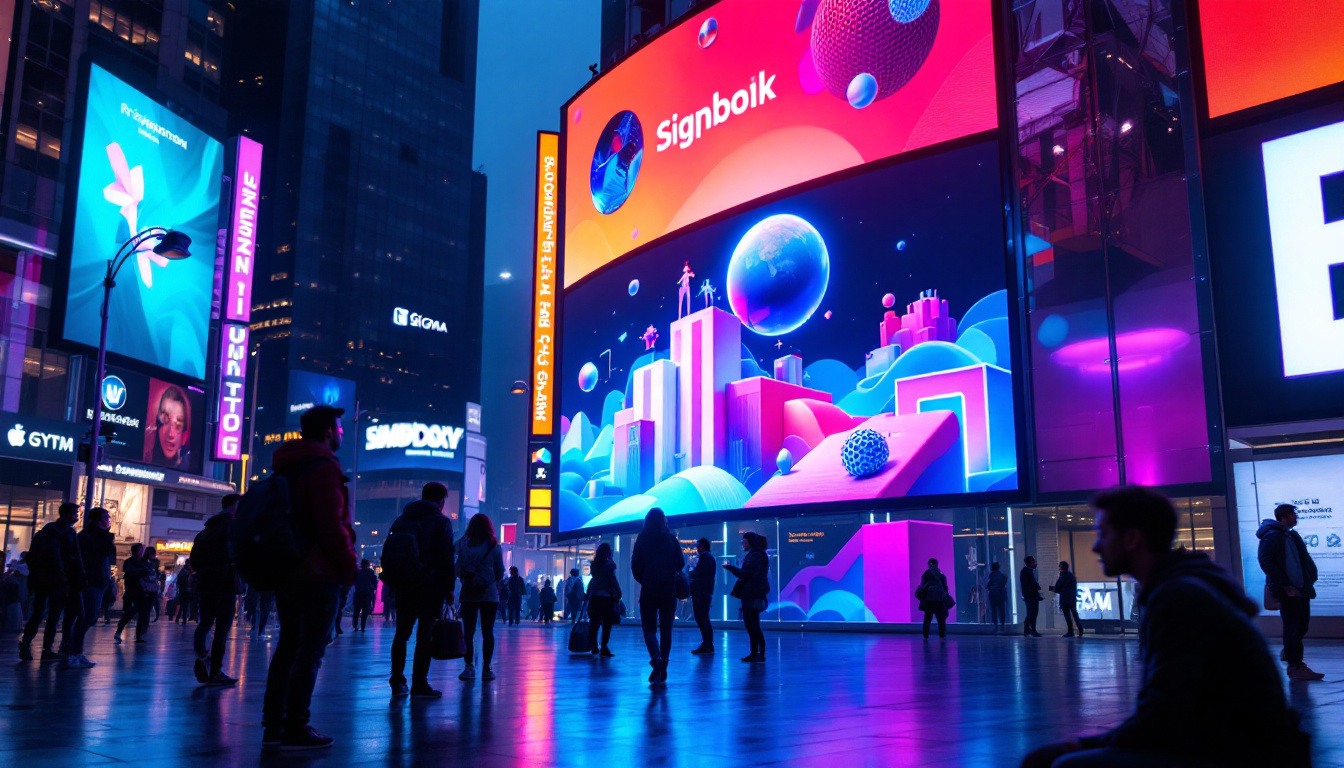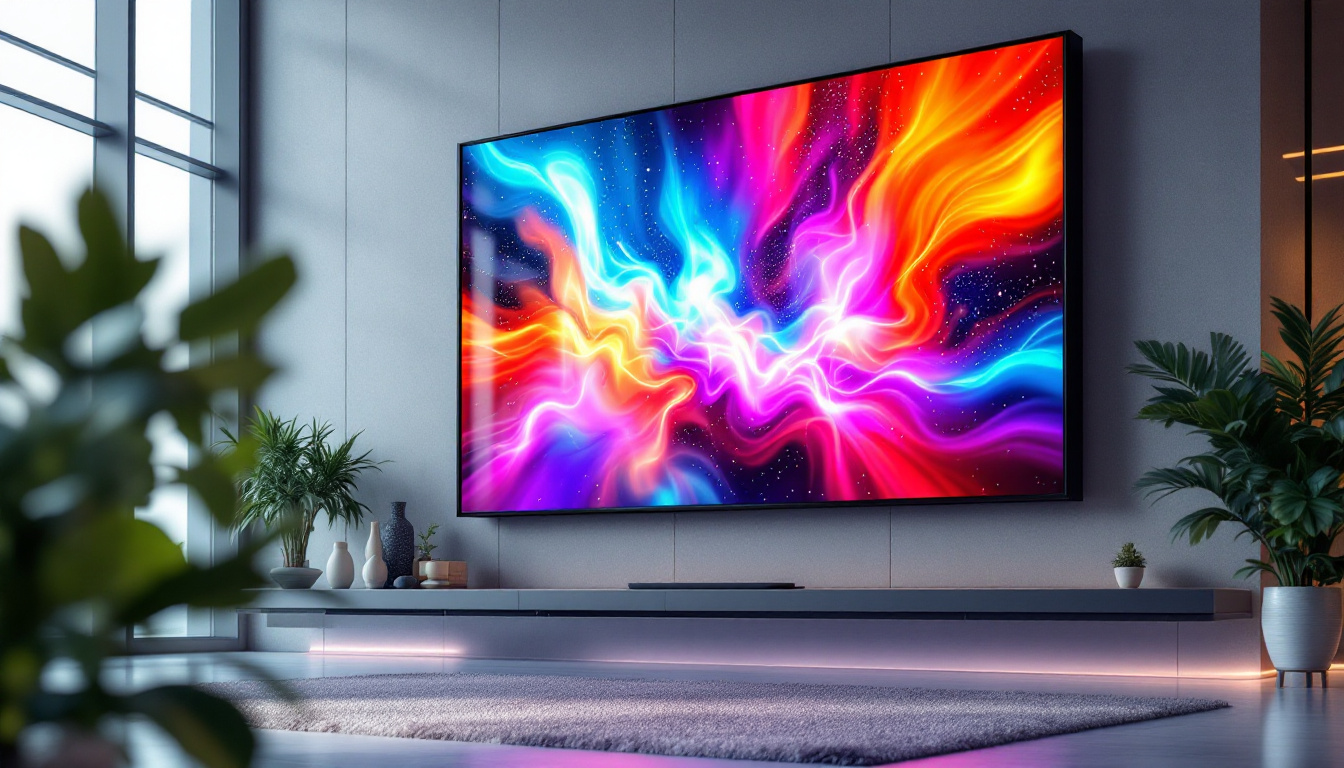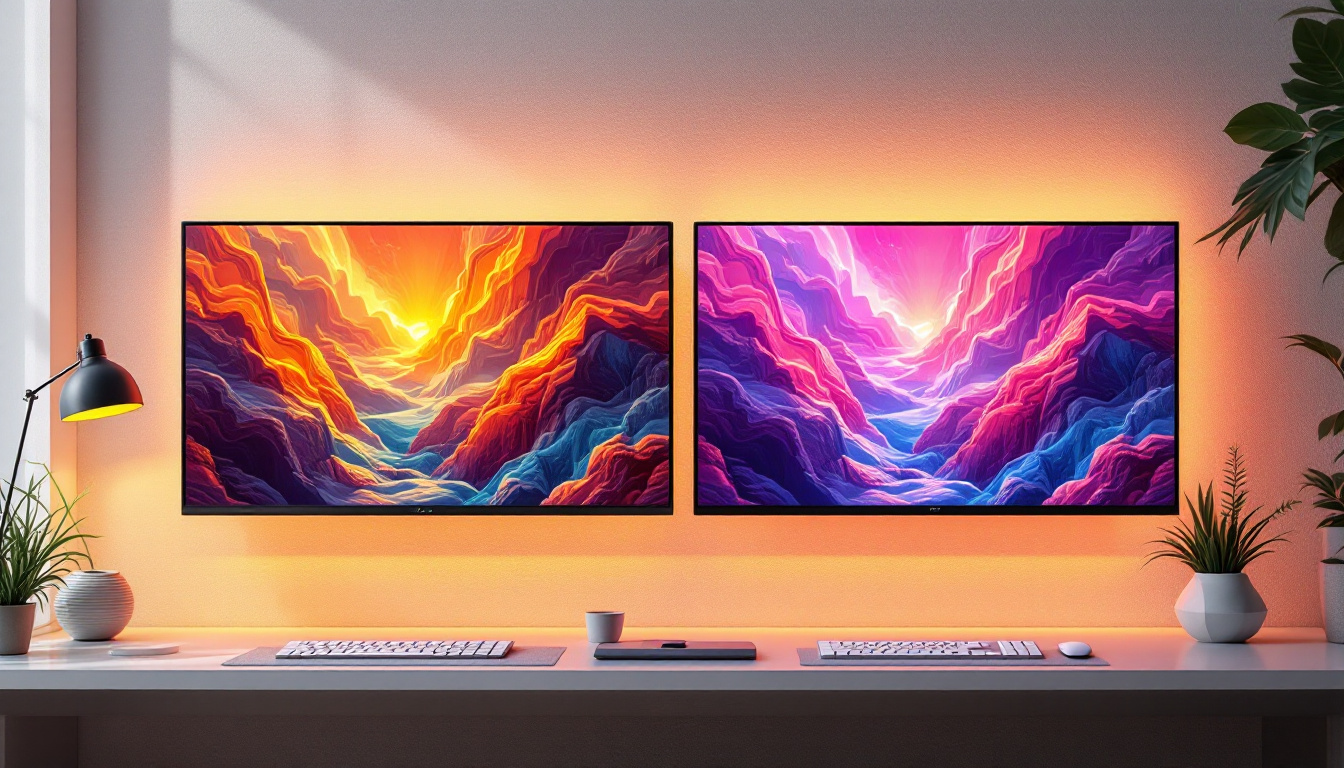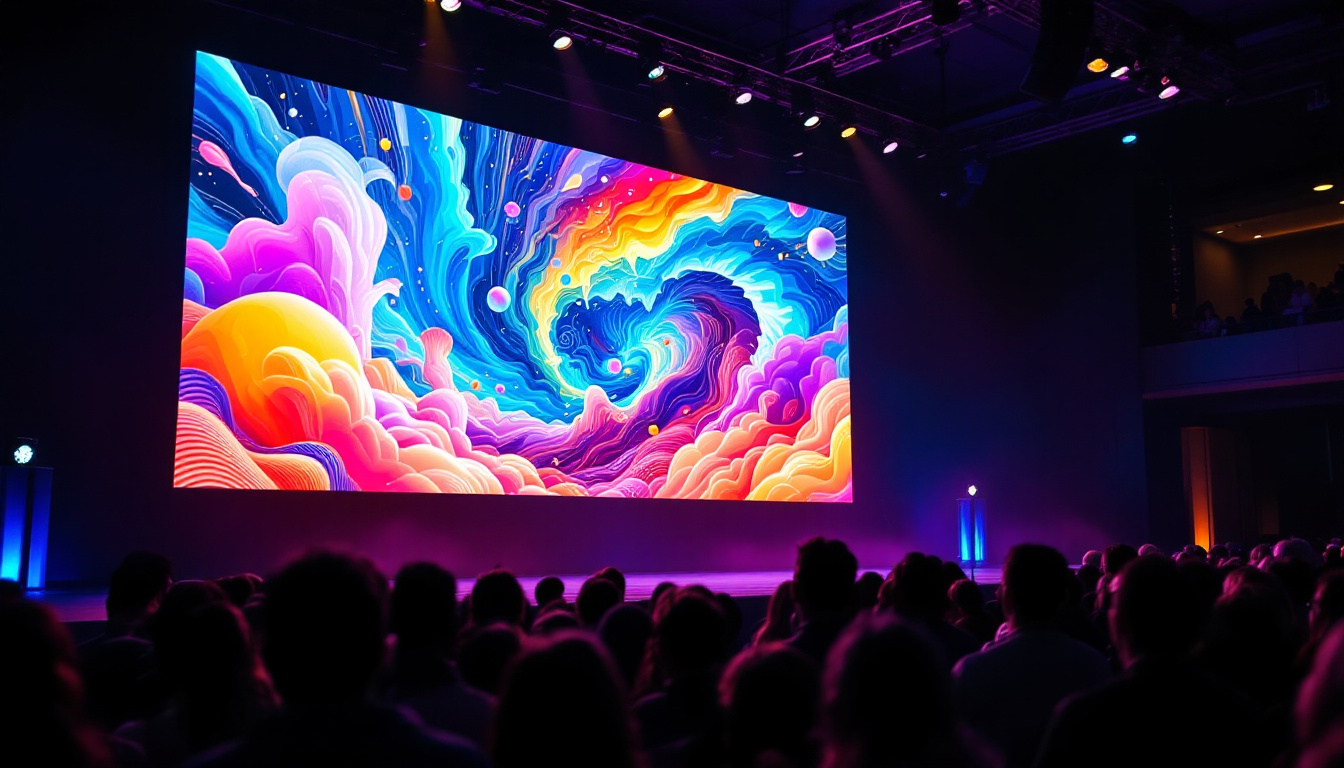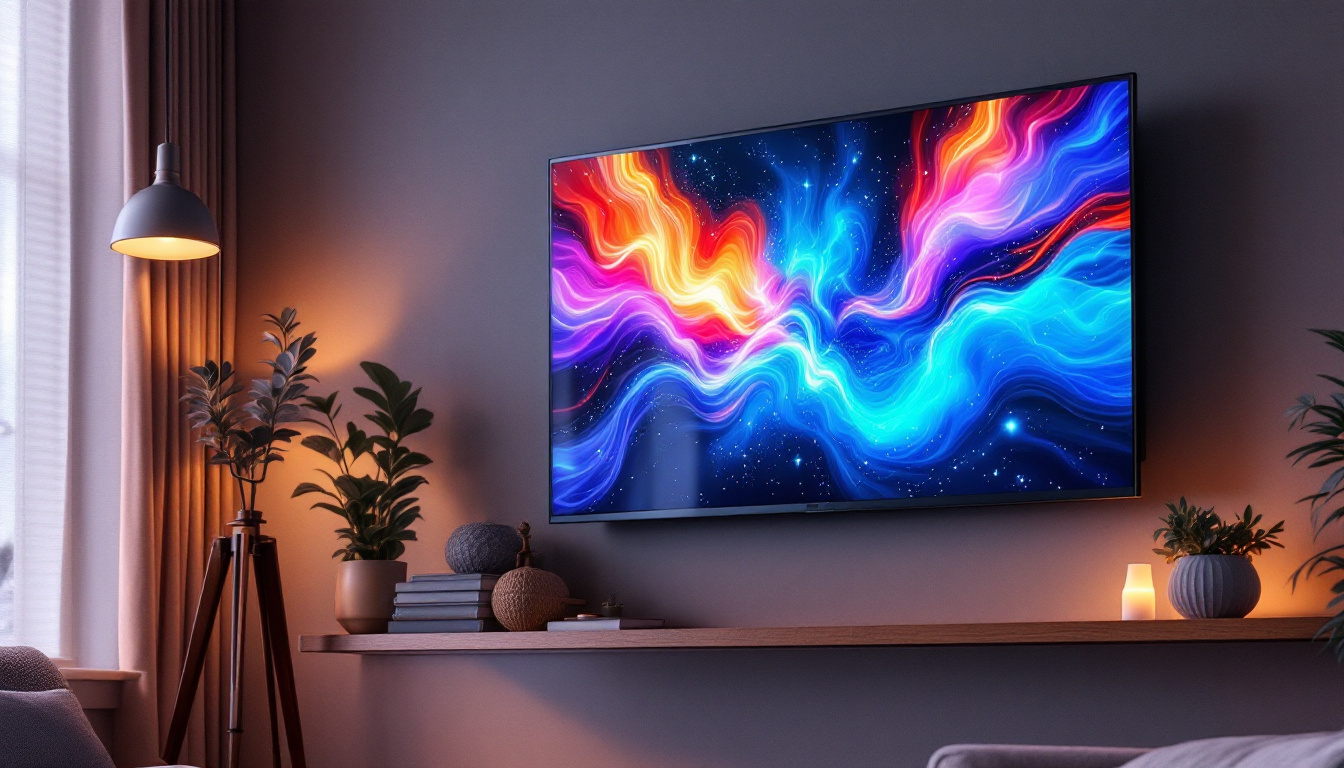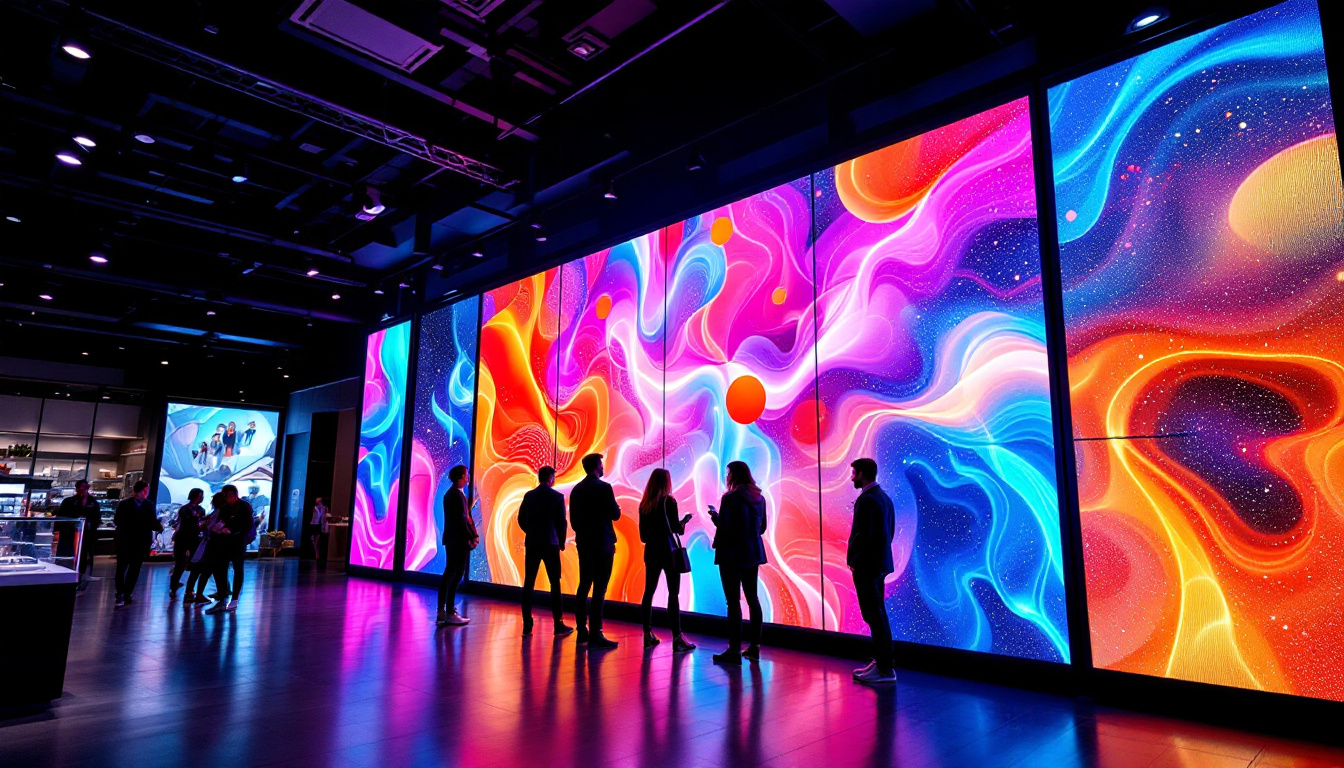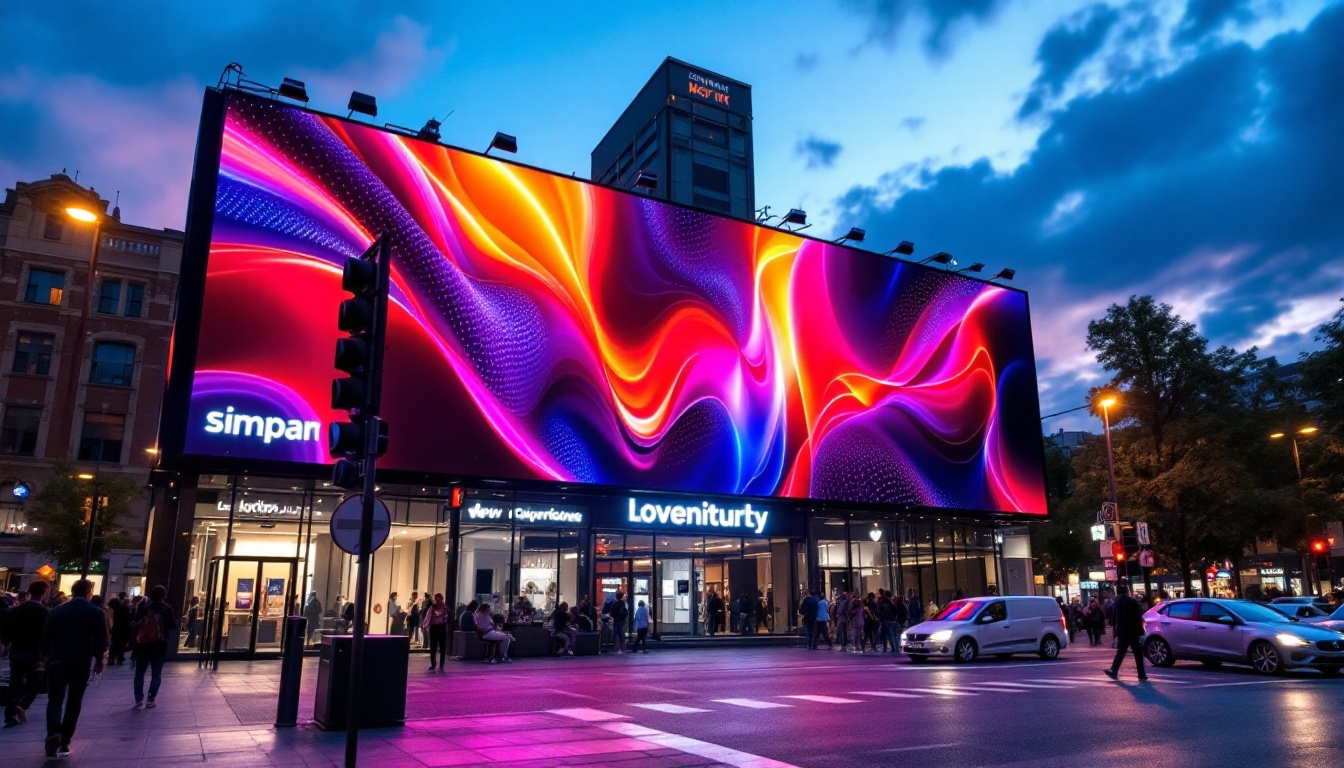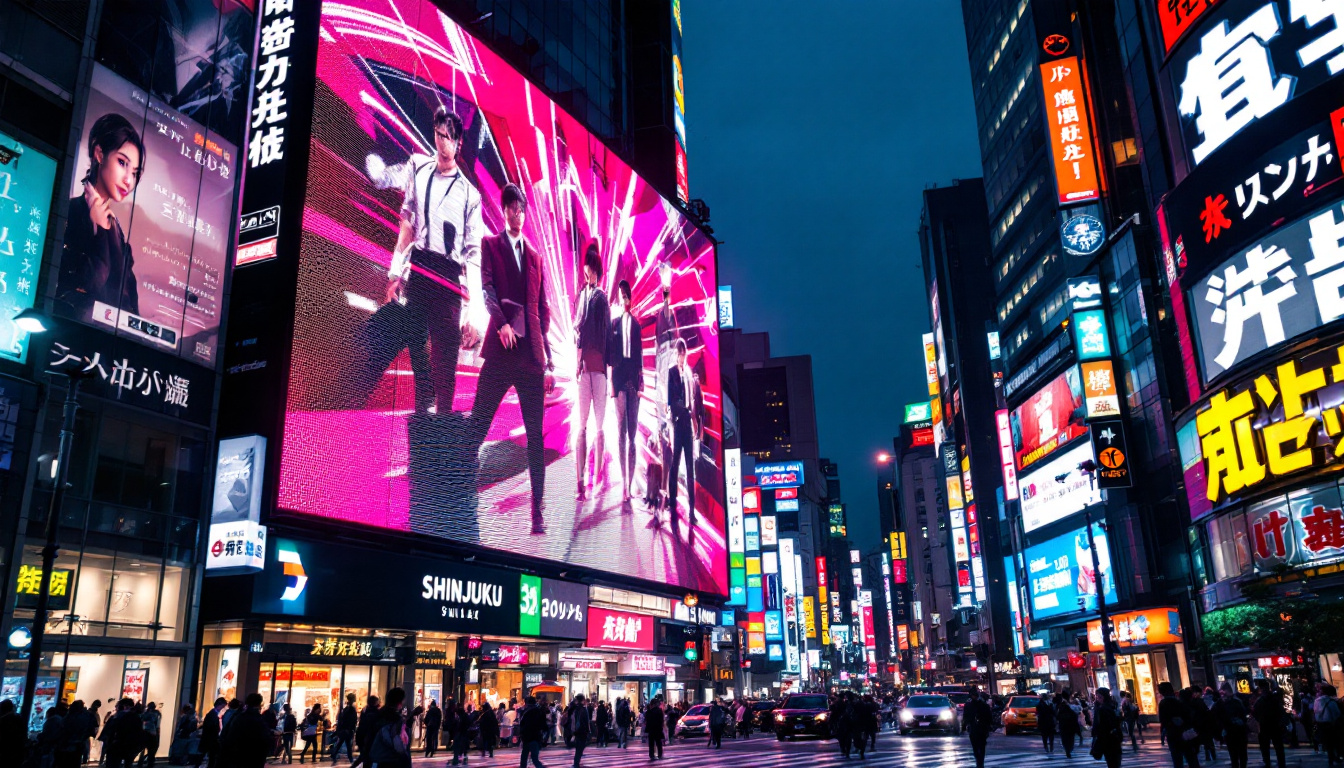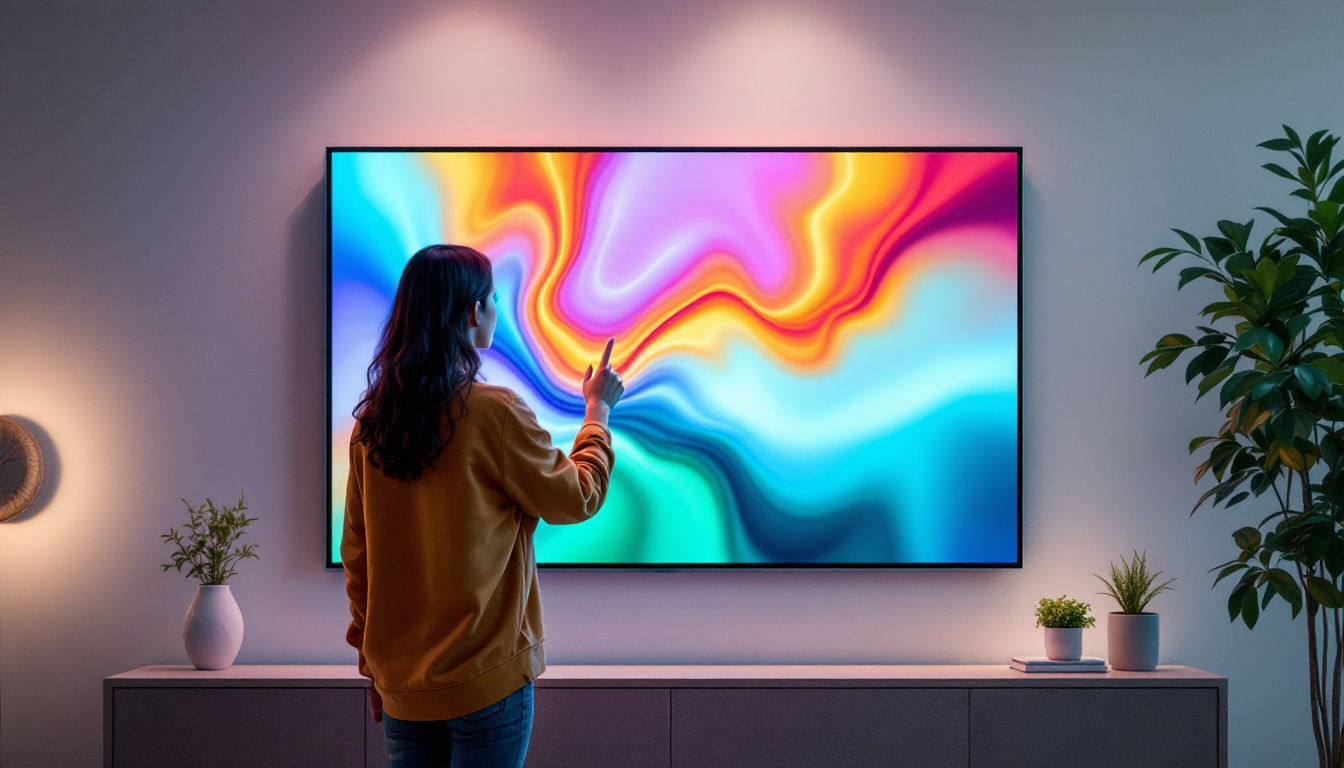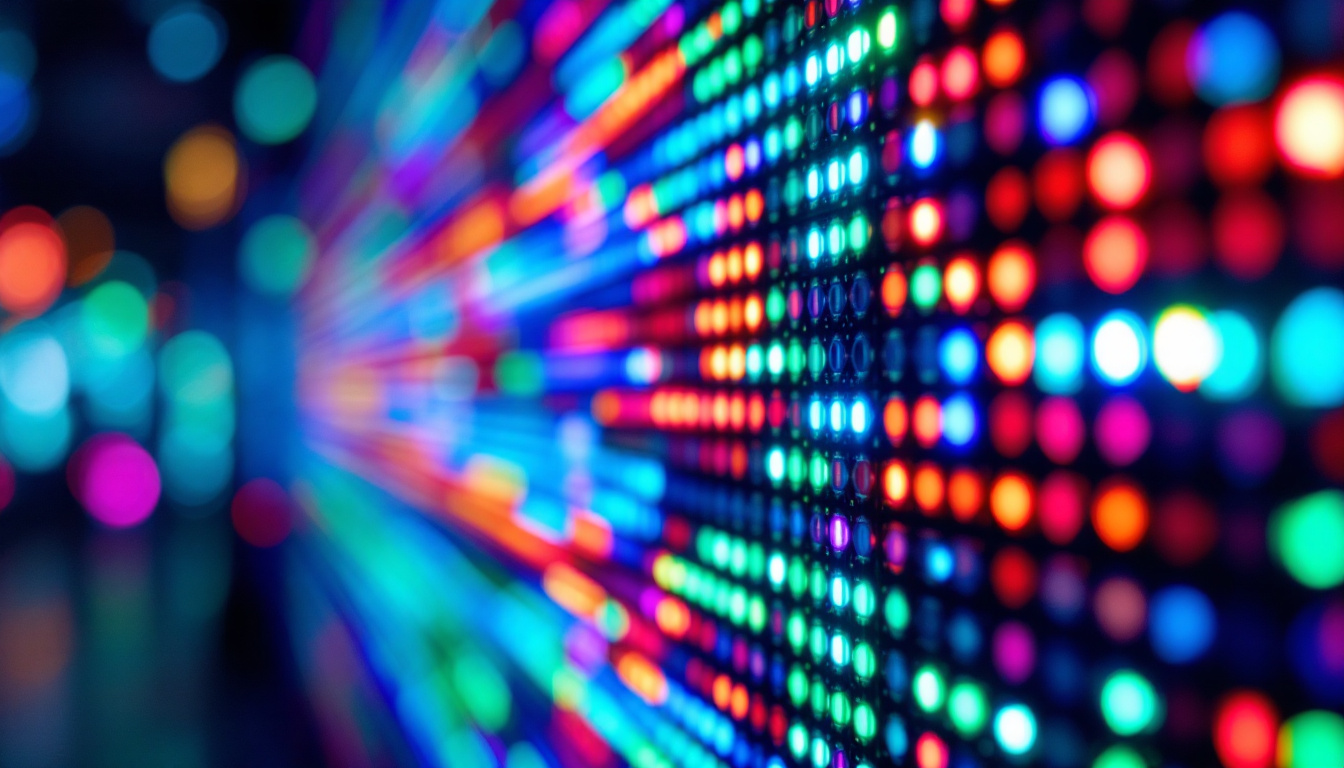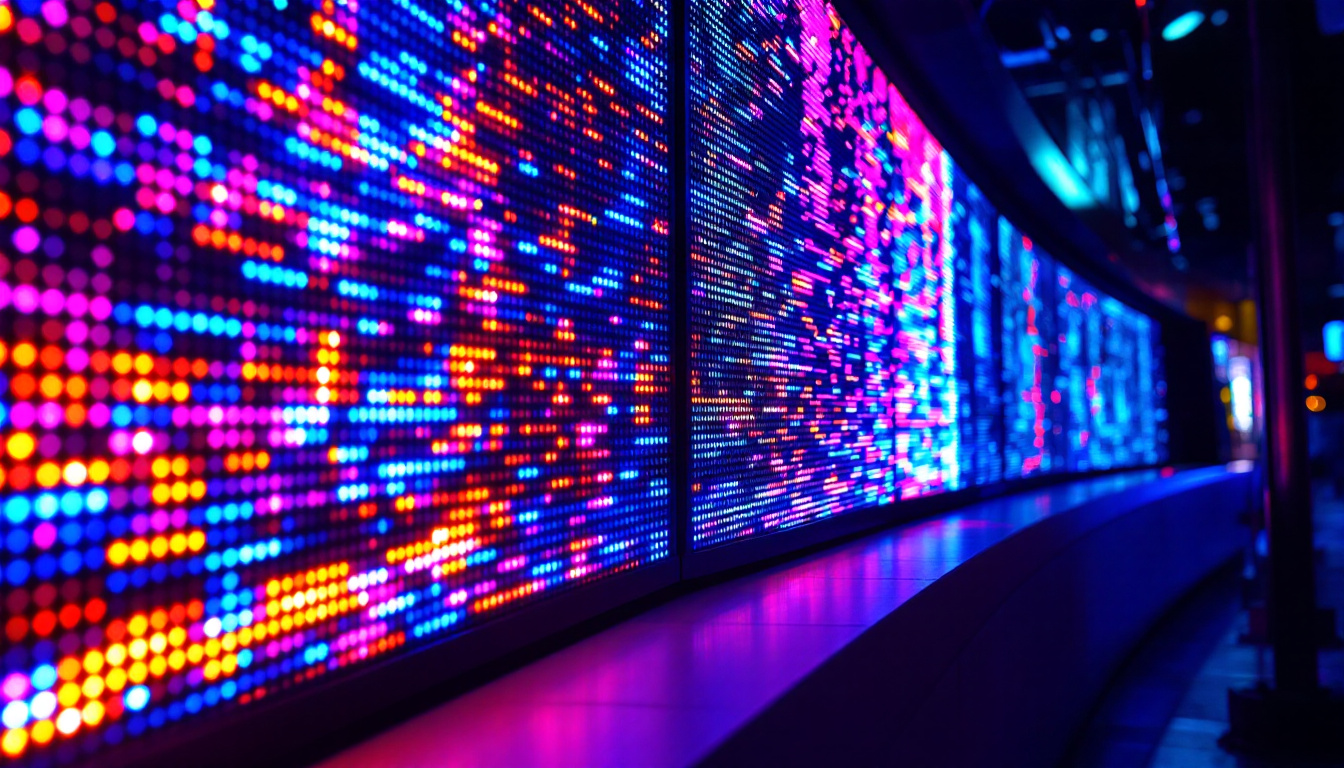In the realm of modern display technology, the terms “LED” and “LED LCD” often create confusion among consumers. As technology evolves, understanding the differences between these display types becomes increasingly important for making informed purchasing decisions. This article aims to clarify the distinctions and applications of LED and LED LCD displays, providing insights into their functionalities, advantages, and ideal usage scenarios.
Understanding LED Technology
Light Emitting Diode (LED) technology has revolutionized the way displays are constructed and perceived. Unlike traditional display technologies that rely on cathode ray tubes (CRTs) or fluorescent backlighting, LED displays utilize semiconductor diodes to emit light directly. This fundamental shift has led to several key advantages.
How LED Displays Work
At the core of LED technology is the ability of diodes to convert electrical energy into light. In a typical LED display, thousands of these tiny diodes are arranged in a grid. Each diode can emit light in various colors, allowing for vibrant images and videos. The brightness and color accuracy of LED displays are significantly enhanced compared to older technologies, making them a popular choice for both consumer electronics and commercial applications.
Advantages of LED Displays
LED displays offer numerous benefits that contribute to their growing popularity. First and foremost is their energy efficiency. LED technology consumes less power than traditional displays, resulting in lower electricity bills and a reduced environmental footprint. Additionally, LED displays can achieve higher brightness levels, making them suitable for various lighting conditions.
Another notable advantage is their slim profile. LED displays are thinner and lighter than their CRT and LCD counterparts, allowing for more versatile installation options. This is particularly beneficial in commercial settings where space is often at a premium. Furthermore, LED displays boast longer lifespans, which translates to lower maintenance costs over time.
Moreover, LED technology has paved the way for innovative display formats, such as flexible and transparent screens, which were previously unimaginable. These advancements open up new possibilities for creative advertising and artistic installations, allowing designers to integrate displays into architecture seamlessly. The ability to create curved screens also enhances the viewing experience in both home theaters and public venues, providing a more immersive environment for audiences.
In addition to their aesthetic and functional benefits, LED displays are also highly adaptable. They can be utilized in a wide range of applications, from large outdoor billboards that capture attention in bustling cityscapes to compact screens used in wearable technology. The versatility of LED technology has made it a cornerstone in the development of smart devices, where energy efficiency and performance are paramount. As the demand for high-quality visual experiences continues to grow, LED technology is poised to remain at the forefront of display innovation.
Exploring LED LCD Technology
While LED displays are impressive on their own, LED LCD technology combines the benefits of LED lighting with traditional LCD (Liquid Crystal Display) screens. This hybrid approach has become the standard for most modern televisions and computer monitors.
How LED LCD Displays Function
LED LCD displays utilize liquid crystals to create images, but instead of using fluorescent lamps for backlighting, they employ LED lights. This means that the liquid crystals modulate the light emitted by the LEDs to produce the final image. There are two primary types of LED LCD displays: edge-lit and backlit.
In edge-lit displays, LEDs are positioned along the edges of the screen, with light diffusers spreading the light across the panel. This design allows for thinner screens but may result in uneven brightness. On the other hand, backlit displays have an array of LEDs positioned behind the screen, offering more uniform brightness and improved color accuracy. This difference in design not only affects the visual quality but also the overall thickness and weight of the display, making backlit models generally bulkier but often preferred for high-end applications.
Benefits of LED LCD Displays
LED LCD displays bring together the best of both worlds. They maintain the color accuracy and detail of traditional LCD technology while benefiting from the energy efficiency and brightness of LED backlighting. This combination results in stunning visuals that are ideal for a wide range of applications, from home entertainment to professional use.
Moreover, LED LCD displays often come equipped with advanced features such as local dimming, which enhances contrast by adjusting the brightness of specific areas of the screen. This technology allows for deeper blacks and more vibrant colors, elevating the viewing experience. Additionally, many LED LCD displays support high dynamic range (HDR), which further enhances the color range and contrast, making images appear more lifelike. These advancements make LED LCD displays particularly appealing for gamers and movie enthusiasts who seek the most immersive experience possible.
Another significant advantage of LED LCD technology is its longevity and durability. Compared to older display technologies, LED LCD screens are less prone to burn-in, a phenomenon where static images can permanently imprint on the screen. This resilience makes them a reliable choice for various uses, including digital signage and public displays, where images may remain static for extended periods. Furthermore, the energy efficiency of LED backlighting not only reduces electricity costs but also contributes to a smaller carbon footprint, aligning with the growing demand for environmentally friendly technology solutions.
Comparing LED and LED LCD Displays
When deciding between LED and LED LCD displays, several factors should be considered. While both technologies offer excellent image quality and energy efficiency, their applications and performance characteristics can differ significantly.
Image Quality and Performance
LED displays typically provide superior image quality, particularly in terms of brightness and color saturation. They excel in environments with high ambient light, making them ideal for outdoor advertising and large venues. However, LED LCD displays have made significant strides in recent years, particularly with advancements in local dimming and color enhancement technologies.
For most home users, LED LCD displays offer a balance of performance and affordability. They deliver excellent picture quality for movies, gaming, and general use, making them a versatile choice for various applications.
Cost Considerations
Pricing is another critical factor when comparing LED and LED LCD displays. Generally, pure LED displays tend to be more expensive due to their advanced technology and superior performance capabilities. However, the price gap has narrowed as LED LCD technology has evolved, making it more accessible to consumers.
For budget-conscious buyers, LED LCD displays often provide a more economical option without sacrificing too much in terms of quality. This makes them a popular choice for families and individuals who want a reliable display without breaking the bank.
Applications of LED and LED LCD Displays
The applications of LED and LED LCD displays are vast and varied, catering to different needs and environments. Understanding where each technology excels can help consumers make informed decisions based on their specific requirements.
Commercial Use Cases
In commercial settings, LED displays are often used for advertising and signage due to their high brightness and visibility. Retail stores, stadiums, and concert venues frequently utilize large LED screens to capture attention and engage audiences. The ability to display dynamic content in real-time makes LED displays particularly effective for marketing purposes.
Conversely, LED LCD displays are commonly found in office environments, conference rooms, and educational institutions. Their excellent color reproduction and clarity make them suitable for presentations, video conferencing, and collaborative work. Furthermore, their affordability makes them a practical choice for businesses looking to equip multiple workspaces.
Home Entertainment
For home entertainment systems, both LED and LED LCD displays have their place. Enthusiasts seeking the ultimate viewing experience may gravitate towards high-end LED displays, especially for gaming or cinematic experiences. The enhanced brightness and color accuracy can significantly elevate the enjoyment of movies and video games.
On the other hand, LED LCD displays are often the go-to choice for average consumers. They provide a solid balance of performance and cost, making them ideal for everyday viewing needs. With advancements in technology, many LED LCD models now offer features that enhance the viewing experience, such as smart TV capabilities and 4K resolution.
The Future of Display Technology
As technology continues to advance, the landscape of display technology is evolving rapidly. New innovations are emerging that promise to enhance the capabilities of both LED and LED LCD displays.
Emerging Technologies
One of the most exciting developments in display technology is the rise of MicroLED and OLED displays. MicroLED technology utilizes microscopic LEDs to create individual pixels, offering unparalleled contrast and color accuracy. OLED (Organic Light Emitting Diode) displays, on the other hand, use organic compounds to emit light, allowing for true blacks and vibrant colors.
While these technologies are still in the early stages of adoption, they represent the future of display technology. As manufacturing processes improve and costs decrease, it is likely that consumers will see more affordable options in the market, further pushing the boundaries of what is possible in display technology.
Environmental Considerations
As awareness of environmental issues grows, manufacturers are increasingly focusing on sustainability in display technology. LED displays are already more energy-efficient than traditional technologies, but future advancements may further reduce their environmental impact.
Recycling programs and eco-friendly materials are becoming more common in the production of displays, ensuring that consumers can make choices that align with their values. As the industry moves toward greener practices, both LED and LED LCD displays are likely to benefit from these initiatives.
Conclusion
In summary, understanding the differences between LED and LED LCD displays is crucial for making informed purchasing decisions. While LED displays offer superior brightness and color accuracy, LED LCD displays provide a versatile and cost-effective solution for a wide range of applications.
As technology continues to evolve, consumers can expect even more advancements in display technology, paving the way for brighter, more vibrant, and environmentally friendly options. Whether for commercial use or home entertainment, both LED and LED LCD displays have their unique advantages, ensuring that there is a suitable choice for every need.
Discover the Future of Visual Experience with LumenMatrix
Ready to elevate your visual communication with cutting-edge LED display technology? LumenMatrix offers a diverse range of LED display solutions tailored to meet your specific needs. From vibrant Indoor LED Walls to dynamic Outdoor LED Displays, and from sleek LED Posters to immersive LED Sports and Floor Displays, our innovative products are designed to captivate and engage. Embrace the revolution in display technology with LumenMatrix and create unforgettable visual experiences. Check out LumenMatrix LED Display Solutions today and see your brand shine like never before.

